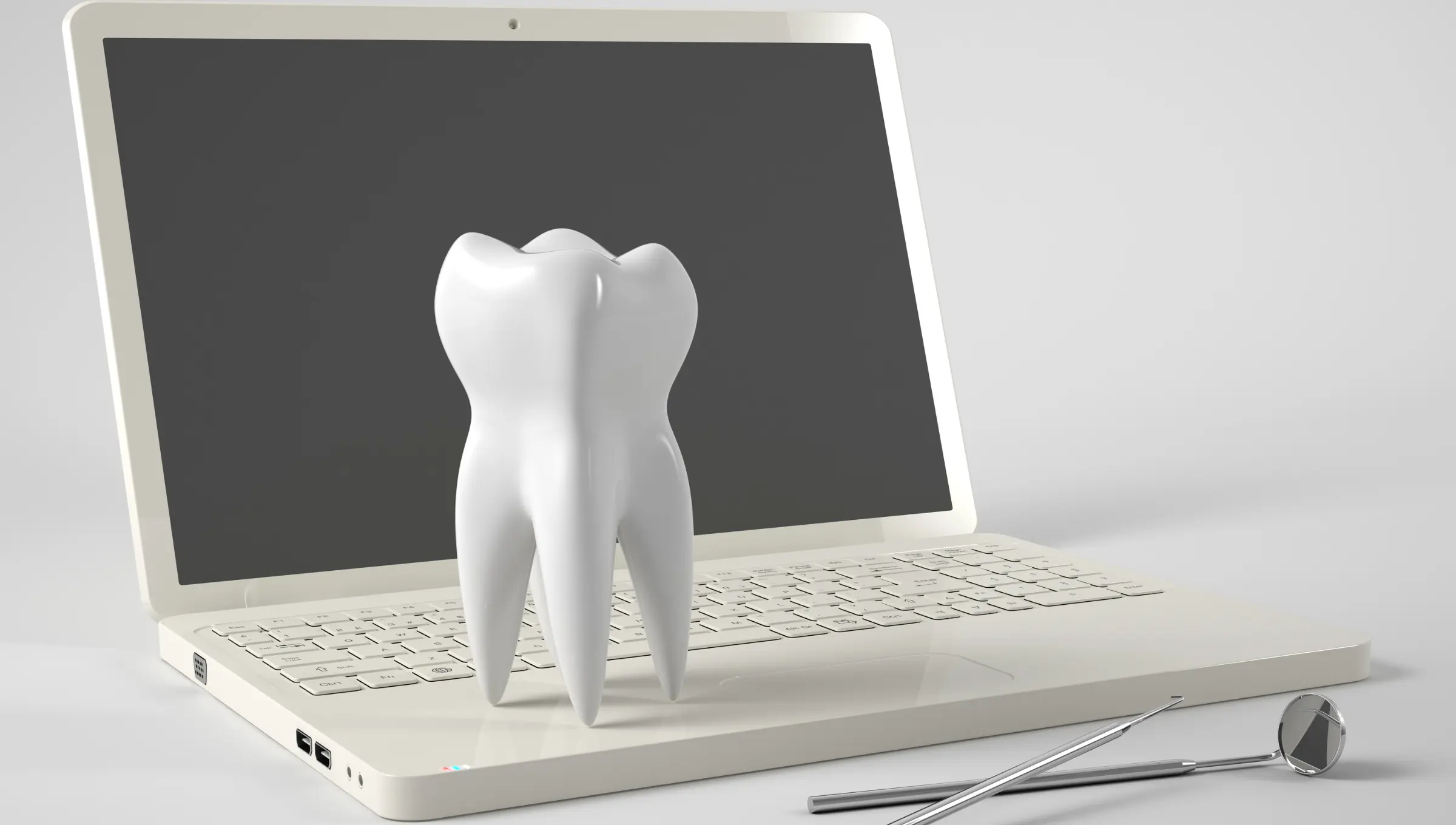The Impact of Artificial Intelligence in Dental Diagnosis and Treatment
Artificial intelligence (AI) is rapidly transforming many industries, and healthcare is no exception. In dentistry, AI is having a significant impact on both diagnosis and treatment. This blog post will explore some of the ways in which AI is being used in dentistry and discuss the potential benefits and challenges of this technology.
How AI is Used in Dental Diagnosis
One of the most promising applications of AI in dentistry is in the area of diagnosis. AI-powered systems can analyze dental X-rays, CT scans, and other images to identify early signs of disease, such as cavities, gum disease, and oral cancer. These systems can be even more accurate than human dentists, especially when it comes to detecting small or subtle changes.
- AI-powered diagnostic systems can:
- Analyze large amounts of data quickly and efficiently.
- Identify patterns that humans might miss.
- Provide objective and consistent results.
- Help dentists to make more accurate diagnoses.
Benefits of AI-powered diagnostics:
- Early detection of disease: AI can help to detect diseases at an early stage, when they are easier to treat and more likely to have a positive outcome.
- Improved accuracy: AI-powered systems can be more accurate than human dentists at diagnosing certain conditions.
- Reduced costs: Early detection and treatment of disease can help to reduce overall healthcare costs.
Challenges of AI-powered diagnostics:
- Cost: AI-powered diagnostic systems can be expensive to develop and purchase.
- Data privacy: AI systems require access to large amounts of patient data, which raises concerns about data privacy and security.
- Overreliance on technology: Dentists should not rely solely on AI for diagnosis and should always use their own clinical judgment.
How AI is Used in Dental Treatment
AI is also being used in a number of ways to improve dental treatment. For example, AI-powered systems can be used to:
- Develop personalized treatment plans: AI can analyze a patient’s individual medical history and dental records to create a treatment plan that is tailored to their specific needs.
- Guide robotic surgery: AI can be used to guide robotic arms during surgery, making it more precise and less invasive.
- Design dental implants and prosthetics: AI can be used to design dental implants and prosthetics that are custom-fit to each patient.
Benefits of AI-powered treatment:
- More personalized care: AI can help to ensure that each patient receives the treatment that is right for them.
- Improved outcomes: AI-powered systems can lead to more accurate and less invasive procedures, which can improve patient outcomes.
- Reduced costs: AI can help to reduce the cost of dental care by making it more efficient and effective.
Challenges of AI-powered treatment:
- Regulation: There is currently no clear regulatory framework for the use of AI in medical devices.
- Accessibility: AI-powered treatment systems may not be affordable or accessible to all patients.
- Ethical considerations: There are ethical considerations surrounding the use of AI in healthcare, such as the potential for bias and discrimination.
The Future of AI in Dentistry
AI is still in its early stages of development in dentistry, but it has the potential to revolutionize the industry. As AI technology continues to evolve, we can expect to see even more innovative applications in dental diagnosis and treatment. However, it is important to remember that AI is a tool, and it should be used to complement, not replace, the expertise of human dentists.
Conclusion
AI is having a significant impact on dentistry, and this trend is only likely to continue in the years to come. AI has the potential to improve the accuracy, efficiency, and personalization of dental care, but it is important to address the challenges associated with this technology. By working together, dentists and AI can create a better future for dental care.
